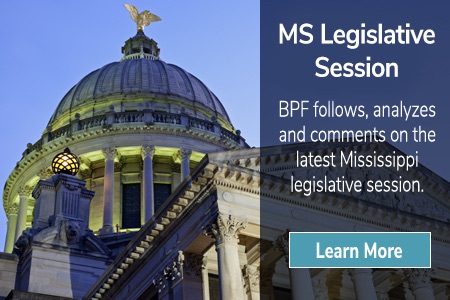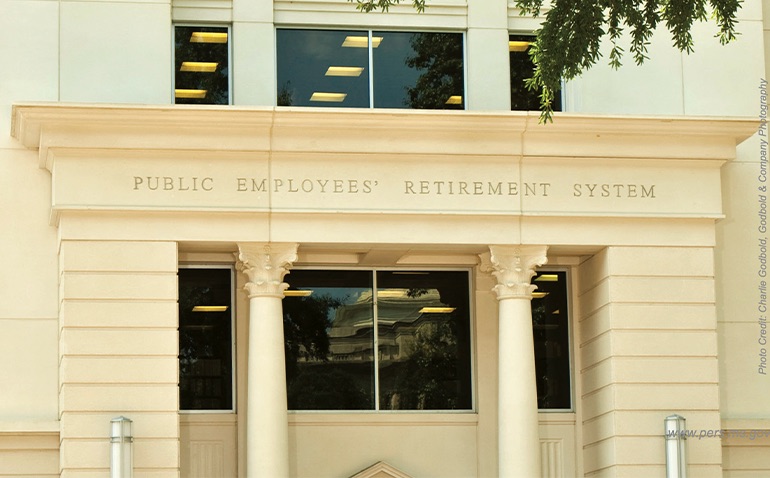Featured Work
A Local Perspective: Soaring Pension Costs Puts Pressure on Budgets
When the PERS Board voted to increase taxpayer funding by raising the “employer contribution rate” five percentage points at a cost of $265 million, most attention was given to state-supported entities (think: agencies, K-12 public schools, community colleges, and public universities). Yet the total funding required by this rate hike is $345 million, with some $80 million in new financial obligations placed squarely on the shoulders of Mississippi’s cities and counties. Unless something changes, the new rate (and higher costs) become effective July 1, 2024.
PERS: Fiscal Challenges
As lawmakers evaluate the state retirement plan, it is important to understand historical context, the origins of PERS, and its current benefit structure. The lawmakers who developed the system anticipated that members – those who benefit from the plan – would cover most plan liabilities, not taxpayers.
Mississippi PERS: An Overview
The Mississippi Public Employees’ Retirement System (PERS) faces significant financial and structural challenges – and Mississippians deserve to know more about this complex issue. After all, changes to the system directly affect our citizens’ pocketbooks.
PERS’ Lessons from the Municipal Retirement Systems
Thirty five years after it was closed, MRS still covers 1,510 retirees in 19 cities.
Tie PERS’ COLA to the Rate of Inflation
For decades, the COLA automatically increased as the U.S. dealt with historically low inflation. The solution for the Board of Trustees is simple: Tie PERS’ COLA to the rate of inflation as measured by the CPI.
PERS Board Votes To Lower Expected Rate of Return
The board of trustees for the state’s Public Employees’ Retirement System (PERS) made an important, if unheralded, move recently when it voted unanimously to use a somewhat more realistic projection of its rate of return on investments. This matters because an overly optimistic projection can mask a coming decrease in the solvency of the fund, which is already severely under-capitalized.









